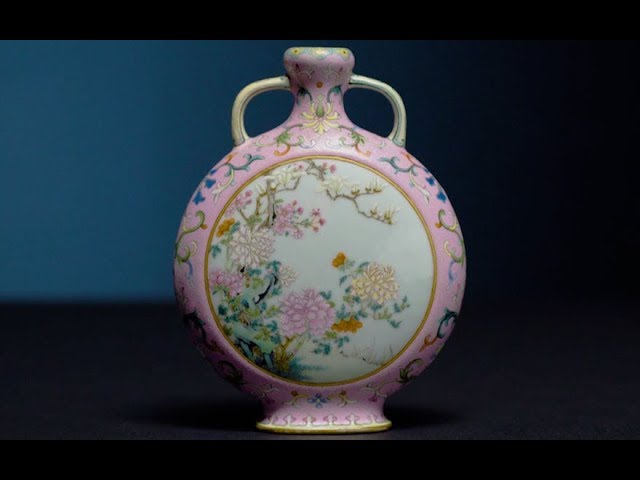Porcelain for the Emperors: Imperial Wares of the Song , Ming and Qing Dynasties
Robert D. Mowry
Ceramics made expressly for the Chinese Imperial Court first came to the fore during the Northern Song period (960–1127) with ivory-hued Ding ware and celadon-glazed Ru ware. Guan ware, with its crackled, grayish-blue glaze, enjoyed Imperial favor during the Southern Song period (1127–1279), and brought to a close the long tradition of subtly hued monochrome-glazed ceramics as those most preferred at court. Beginning life as a relatively humble ware during the Yuan dynasty (1279–1368), blue-and-white porcelains had claimed pride of place among Imperial wares by the early decades of the Ming dynasty (1368–1644). Porcelains embellished with designs painted in overglaze enamels, which had appeared already during the Ming, soared to popularity during the Qing (1644–1911), their naturalistic, pictorial designs exquisitely mimicking paintings on paper and silk.


